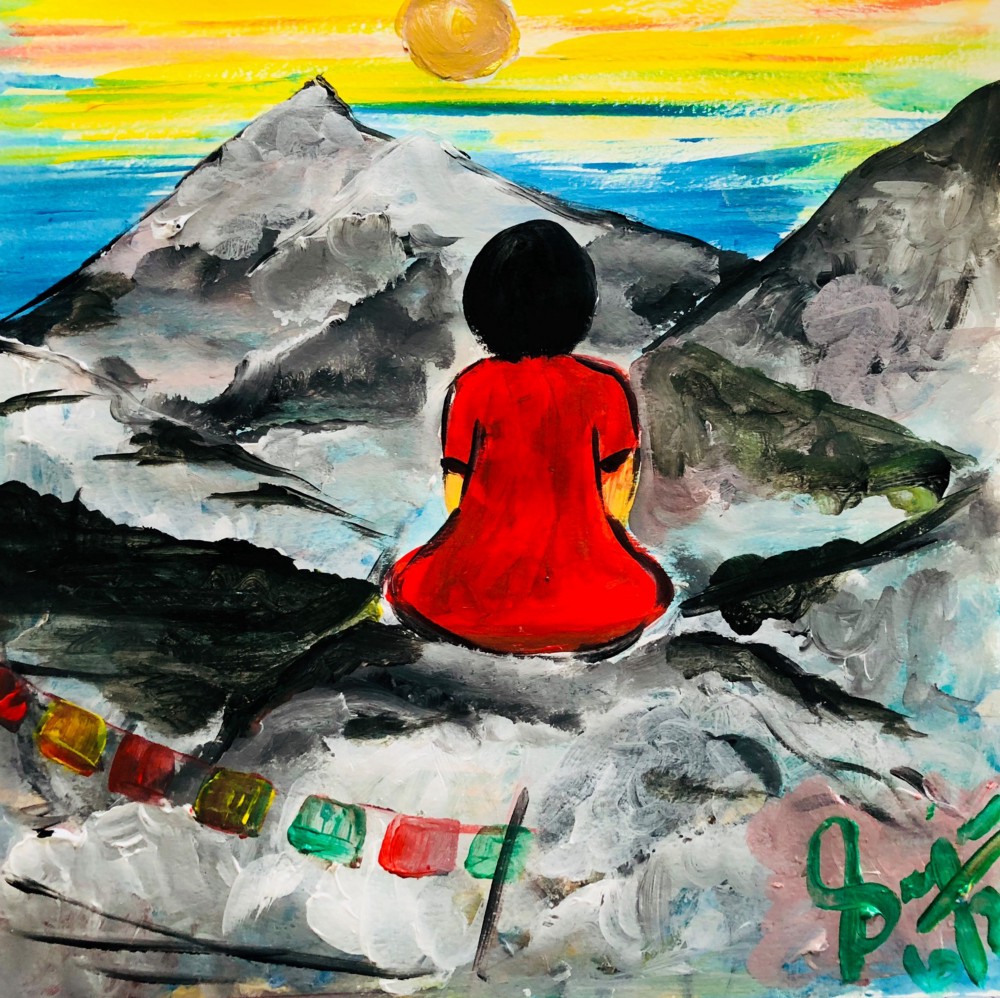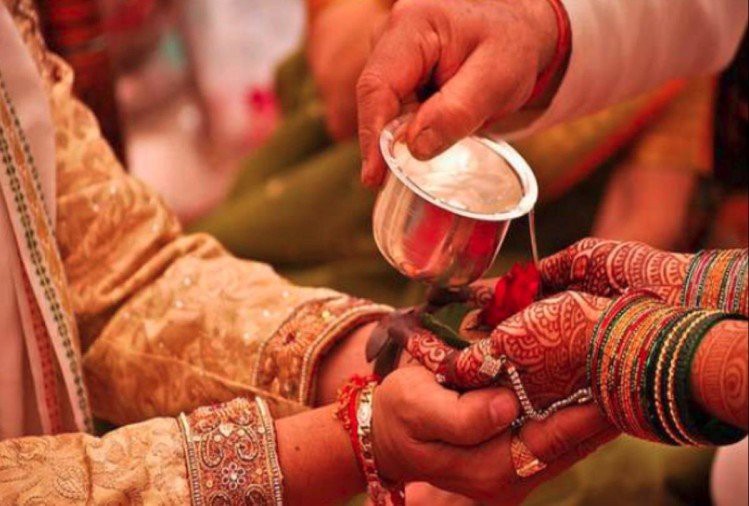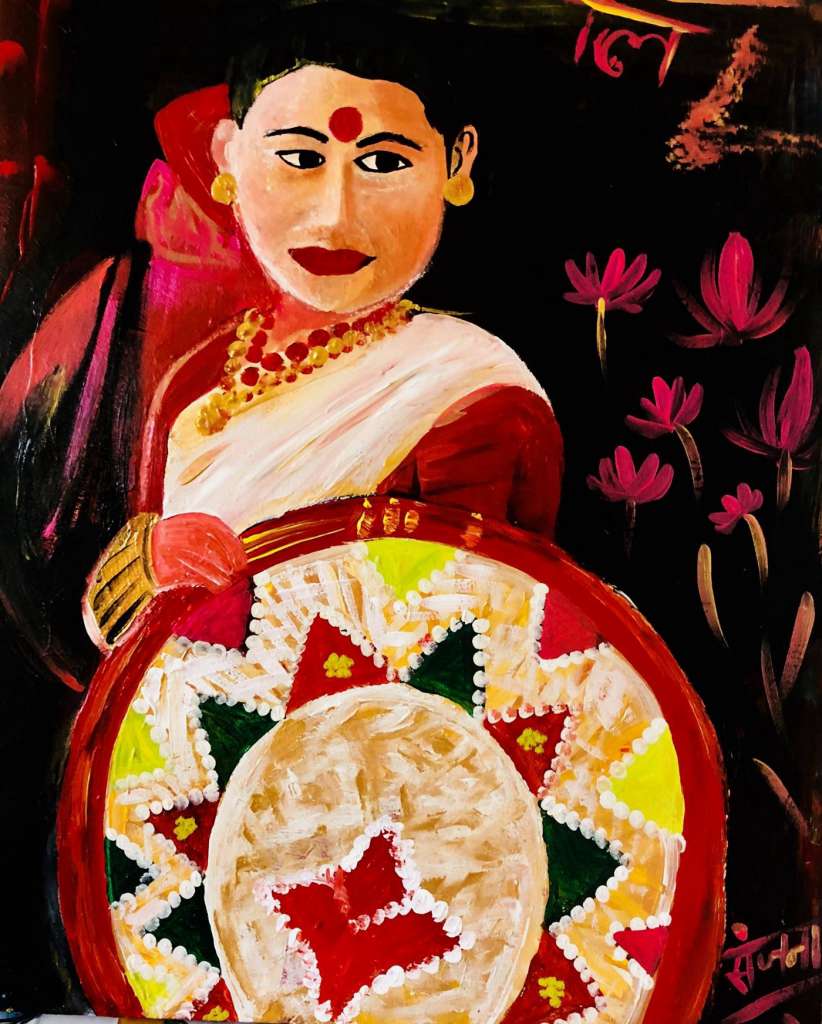Share This Article
“Ten years ago, I thought looking like a woman defined womanhood. Today, sweating it out on my cycle, I feel like a woman. When my eyes well out in the movie theatres, I am a woman. If a man makes way for me out of respect, it reminds me that I am a woman. And when I am travelling alone late at night with the fear of rape — that too reminds me that I am a woman. When I finish writing an intense scene between two male characters, then too, I am a woman. When my mother gives me her clothes and my father gives me his sports shoes … I don’t care about the scale of womanhood because I am a woman.”
For centuries, the definitions and perception of women’s place in society have shifted from cultural to religious and even political misrepresentation – but the constant has always been inequality. Women have fought different versions of the same battle for as long as our collective memory will allow. The ever-changing gender norms and biases make it difficult for us to settle on one definition and this comes at the cost of women’s role in the community.
As a woman, I must adhere to the preconceived notion of how various societies define women. This checklist of the “ideal” woman can include, but isn’t limited to; keeping up to dynamic body and beauty standards, kitchen and home-making skills, partnering with and/or marrying a man, bearing kids, performing nurse and/or other unpaid care work, managing a home despite not being the head of it and a more updated list includes balancing all this plus a thriving career.

The definition of these jobs is derived from social norms and traditions outside of us and not within us. Therefore, the question upon our womanity is inexorable. What society defines these gender norms yet considers this gender-equal? None.
If our longstanding gender roles breed gender-equal societies, why then have we distinguished women’s rights from human rights?
Women’s fight for justice has been long and complex with the first-ever documentation as far back as the 1800s. Despite the adoption of the Universal Declaration of Human Rights in 1948 and resolutions that were passed to strengthen women’s rights and take down any hurdles that help us achieve equality, the fight continues. Even celebrations like International Women’s Day are a constant reminder that despite how far we’ve come, the road to equality is long and crooked.
To this day we have discussions to increase women’s role in business, leadership, tech and other fields as data has shown that women need help and support to penetrate and persist in these male-dominated fields. To this day, being a woman continues to be portrayed as being submissive, voiceless, and powerless. There are reactionary voices that say that women and girls are not commodities or objects and must be treated as human beings with equal rights to men, but as long as women’s rights are treated as exclusive of human rights, we will always be a glitch that needs fixing.

Despite overwhelming evidence and data, many still disagree that we have failed monumentally to afford women the same privilege or even rights as the highest groups in society’s top level of basic humanity. One thing however is, we cannot dispute the trace evidence and backwash of the very prevalent age-old rituals that reflect social patriarchy that has remained unchanged. As an Indian woman, one of such rituals that tell a story of the reality of the women is the ‘Kanyadaan’ ritual, meaning ‘gifting the daughter’ – and this is still practised in weddings to this day.
Kanyadaan — “Father, will you gift me away?!”
There’s oral history alluding that during the Vedic period, girls were married off even before they reached puberty. This was when a ritual like ‘Kanyadaan’ was introduced where a female child was considered a commodity and passed on from the father’s hands to the husband.

This reasserts the objectification of women in our society but what is the root cause?
According to documented history, our civilization has always come at the cost of war. During the time of military tussle, muscle power was considered dominant and a way of power assertion. Violence became a currency and men had it all. For countries like mine, violence against women became very prevalent, tapping roots in what is now an extremist patriarchal culture. Along with this came the normalization of sexualizing and grooming the girl child to aspire to the service of men in the form of marriage. In many societies, marriage is more than the hallmark of a woman’s achievement, it is a destination. One which you must reach to earn the title, woman.
Because of what we’ve defined woman to mean, the structures and systems that run the engine of society have adapted to the same definition of womanhood. The results affect women in every corner of their life. Having a girl child in many societies like mine comes with unique responses from everyone including the parents. Parents become “overprotective” of their girl children – which, on the outside looks like a good thing, but given the nuance, is a symptom of a much darker problem. An utter and complete lack of autonomy.
Parents are happy to assume absolute control and ownership over their daughter, micromanaging her behaviours and grooming her to have a singularity of purpose. Parents and the larger are responsible for determining whether the characteristics of the girl/woman fit into the gender norm that society has defined for them. We provide very little opportunity for the girl child to build her sense of self and in many cases, the development of self-confidence and self-esteem of the woman she grows up to face more battles than her male counterparts. Consequently, women are in a constant battle of finding themselves and trying to fit themselves in a predefined mould of the “ideal woman”.
Life isn’t so hopeless for the 21st-century woman. Like the women before us, we are taking back our place in society and choosing our paths. This time, we are documenting our process. But why are we the only ones talking or being talked at? Aren’t women’s rights issues human rights issues?

Need for Awareness and Training for Men and Parents on International Women’s Day
There is a discrepancy in the overtraining and underfunding of women and the undertraining and over funding of men. We must understand that on one hand, parents put a thumb over the girls while allowing boys to make mistakes, learn from their mistakes and grow. In adulthood, a woman must first unlearn the culture of shame and silence, find her voice and then find herself thereby giving the men a head start. On the other hand, empathy, responsibility and support aren’t instilled in our boys and they grow up to be the men these women have to deal with in marriage, offices and society at large. The Gandharis are equally responsible for producing a Duryodhana as much as Dhritarathra (Reference to Mahabharat).
Therefore, on Women’s day, there is a need to sensitize men and even parents’ on issues such as the one discussed. It must also be made clear that one common thread that runs through all of us as women. We are neither defined by our strength, courage nor even our resilience despite how commonly themed it is. We are defined by our rights to choose what a woman should mean to us and to have that stripped away from us is the greatest atrocity to humanity.
There is no such thing as being an “ideal woman” because just being myself defines my womanhood.

